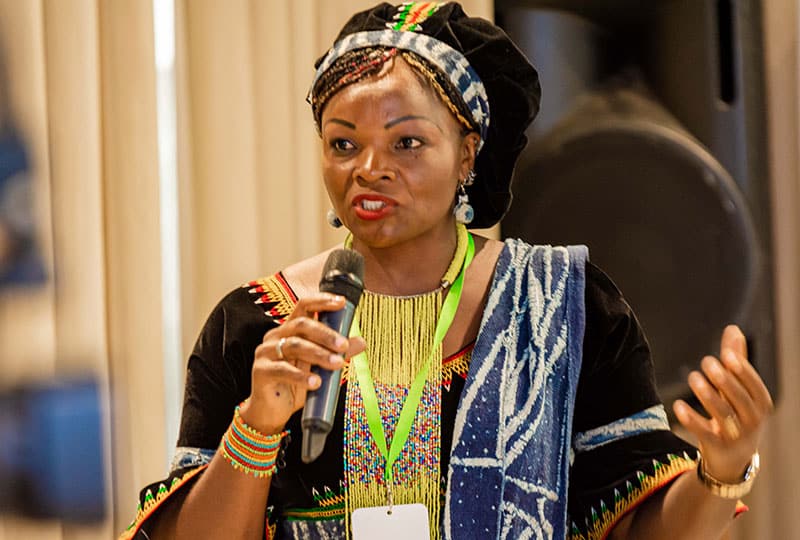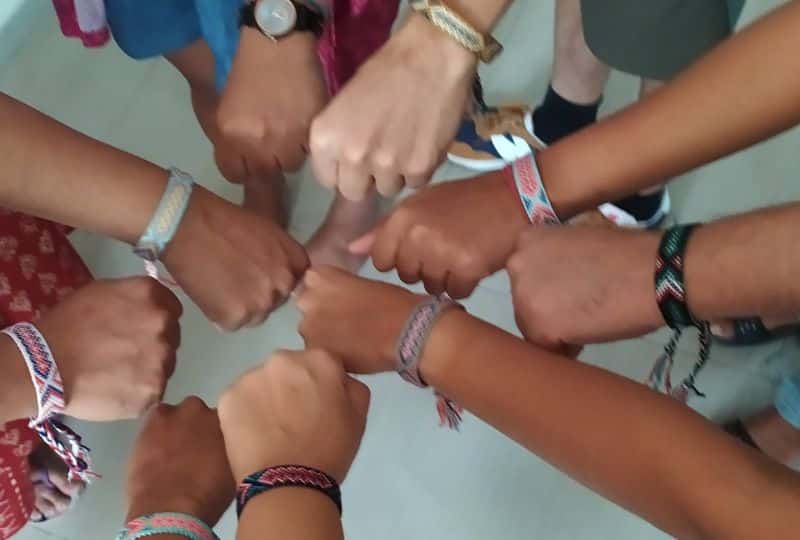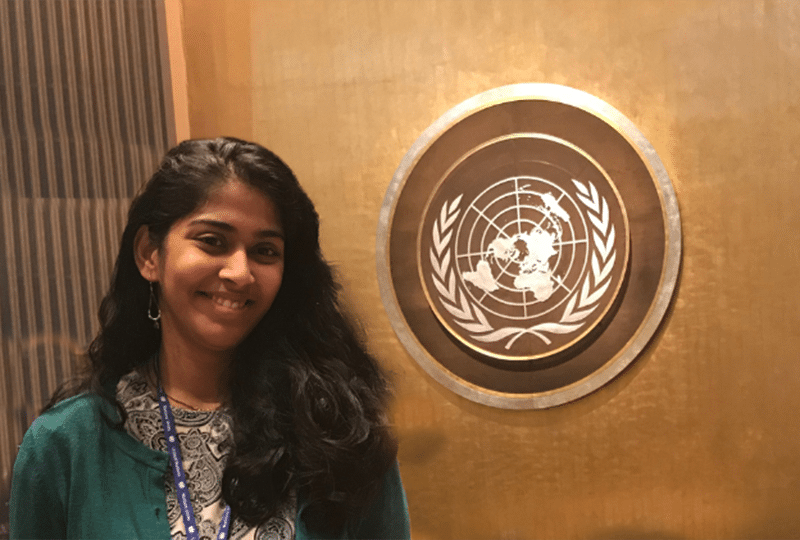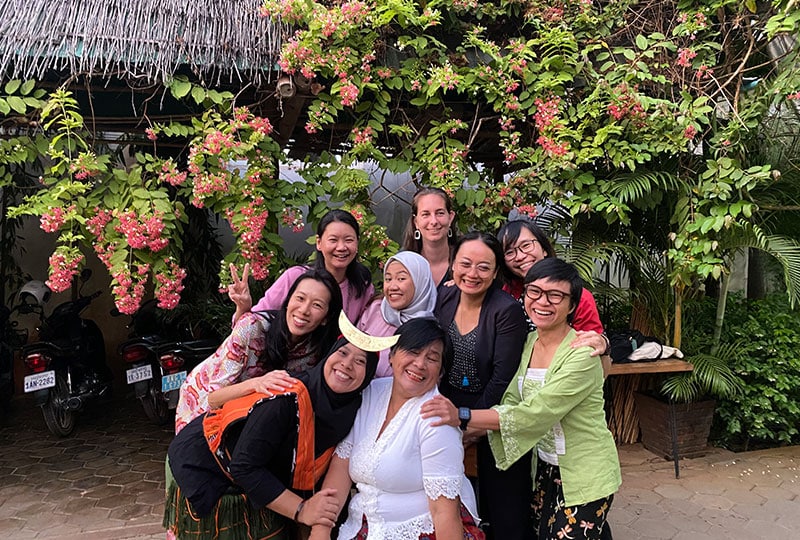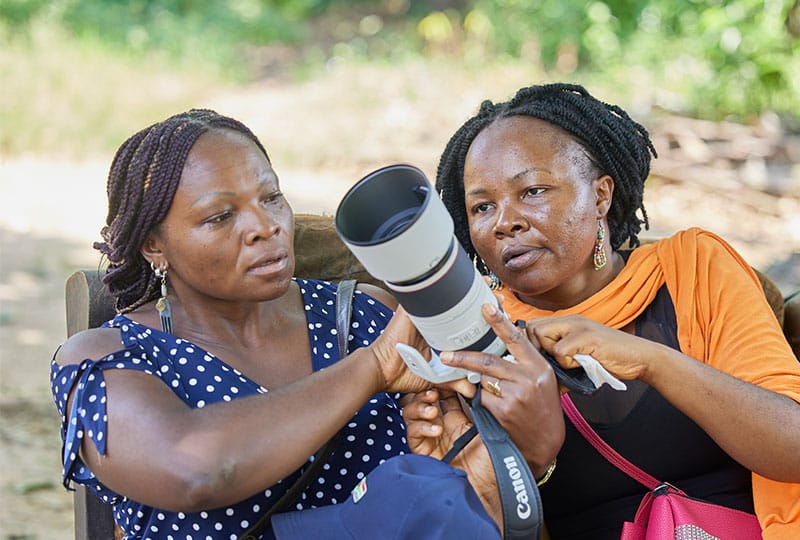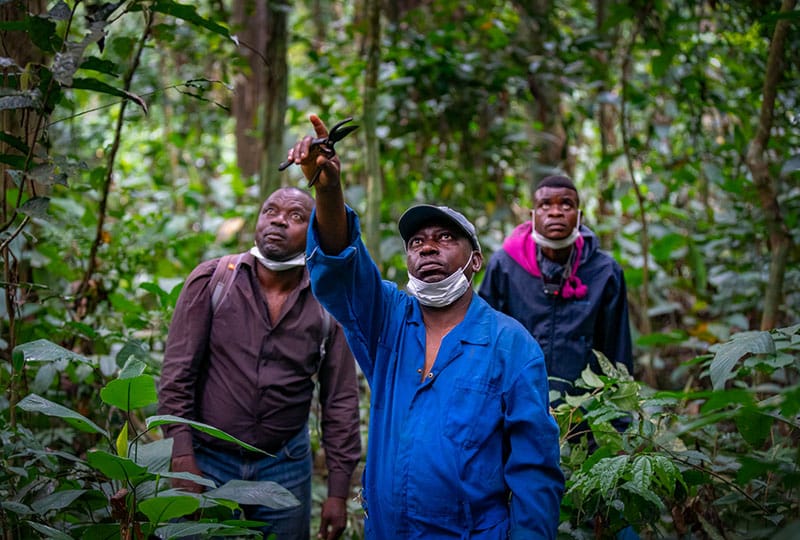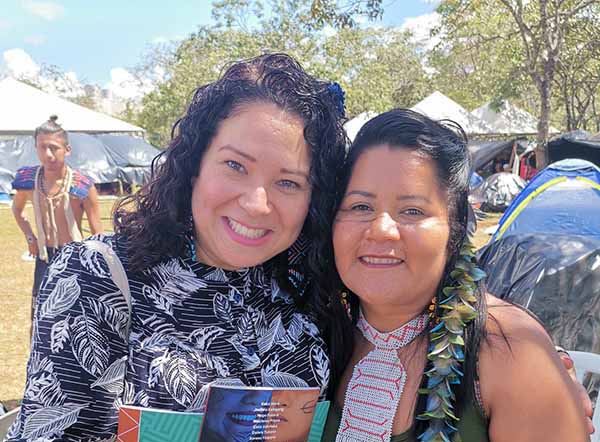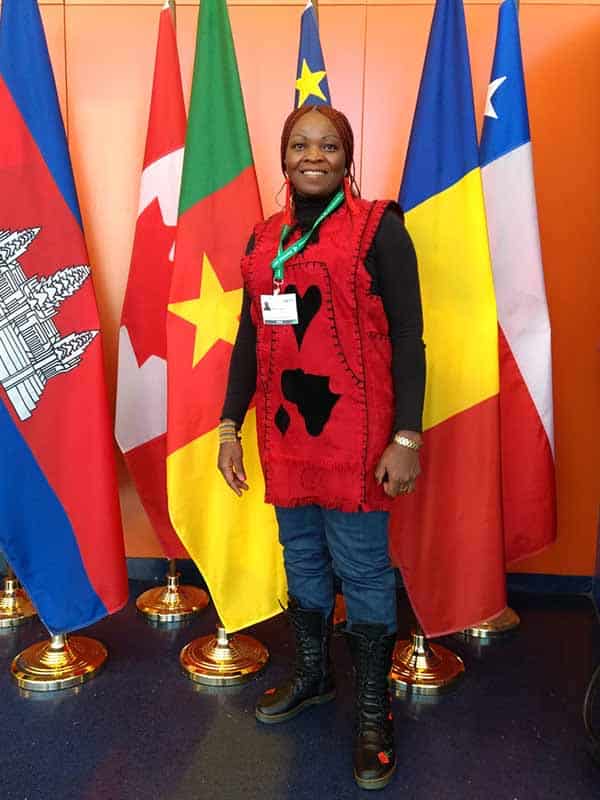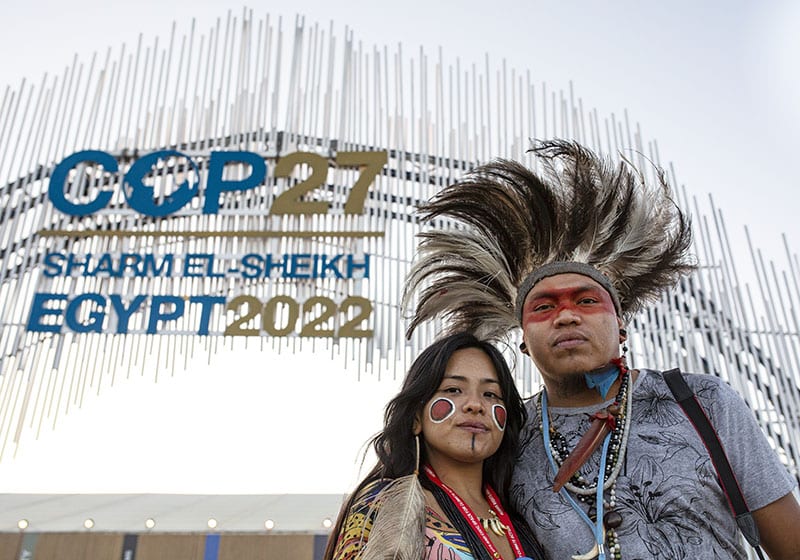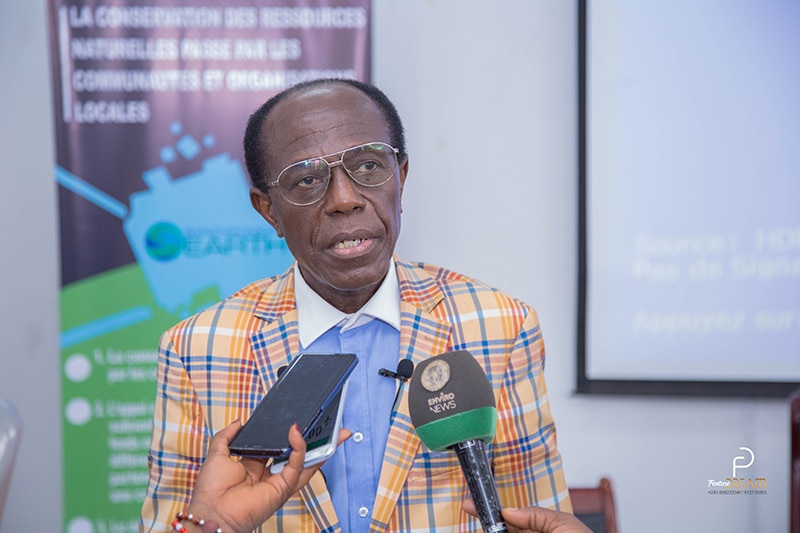Capacity
Towards a stronger, more resilient conservation sector
Through our capacity strand, we are helping to build a stronger, better equipped, more collaborative, and more resilient biodiversity conservation sector.
We are constantly learning how we can best support our conservation partners, listening to their needs and providing tools and resources to help them fulfil their potential.
We actively promote increased and more effective funding for nature conservation, collaborating with other funders to reimagine environmental philanthropy, exploring more equitable and impactful approaches.
And we champion critical voices that are too often excluded from global discussions and decision-making on biodiversity.
Our approach to capacity
While a relatively small number of high-profile conservation causes and international organisations receive the lion’s share of global funding, there is a persistent lack of resources and effective support for many other brilliant, often smaller, community-based NGOs and Civil Society Organisations.
With this work, our goal is to address gaps in conservation capacity and philanthropic funding for the regions, ecosystems, and species that are the focus of our programmes. Our aim is to help strengthen every link in the chain: from the individual working on the ground, to the small, local organisations and civil society groups, and national and international NGOs; from the funders and philanthropists financing conservation, to the global processes and forums where decisions on biodiversity conservation are made.
The starting point for this work is recognition that the conservation partners we work with have a depth and breadth of capacity that we do not: knowledge of their environment and its biodiversity; understanding of the wider political, social, and economic context; their presence in the community, and their familiarity with culture and language. Without the capacity our partners already hold, none of what we do would be possible.


A Dusun villager in Ulu Papar, where Synchronicity Earth partner TAKAD is working with local communities to oppose the vast Kaiduan dam project. Image © Chris Scarffe
Our three capacity pillars
Our capacity work has three key pillars: understanding our partners’ needs and supporting them to fulfil their potential; working together with other funders to promote more effective and equitable environmental funding; and championing diverse and vital voices in global conservation dialogues and processes for those who have historically been given less access to these spaces.
Supporting partners
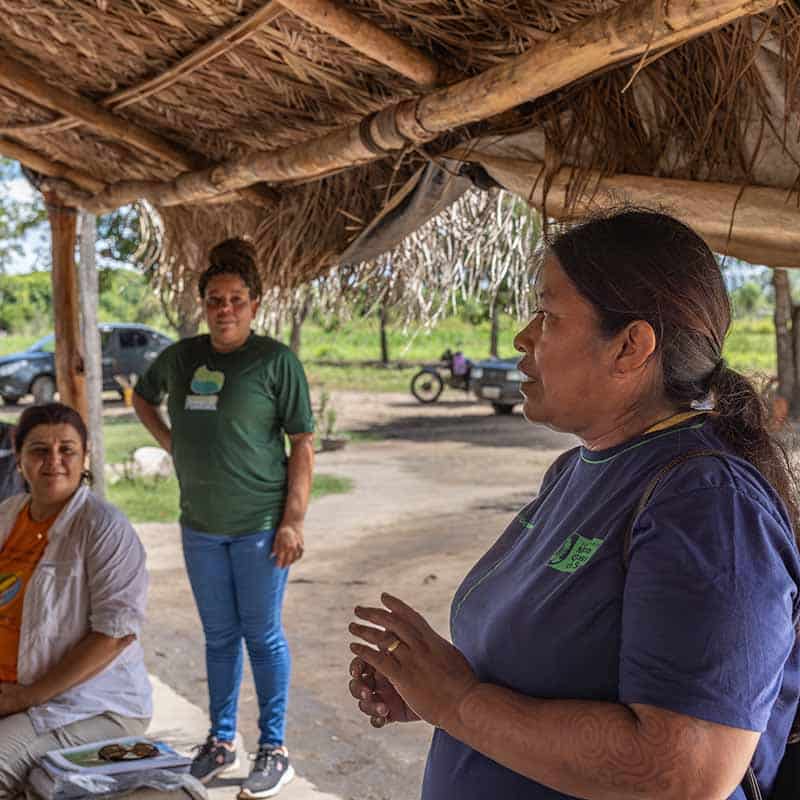
Effective partnerships are based on mutual understanding and support. By listening carefully to our partners and building strong relationships with them, we help to support them in the most impactful ways to achieve their conservation goals.
Reimagining Philanthropy
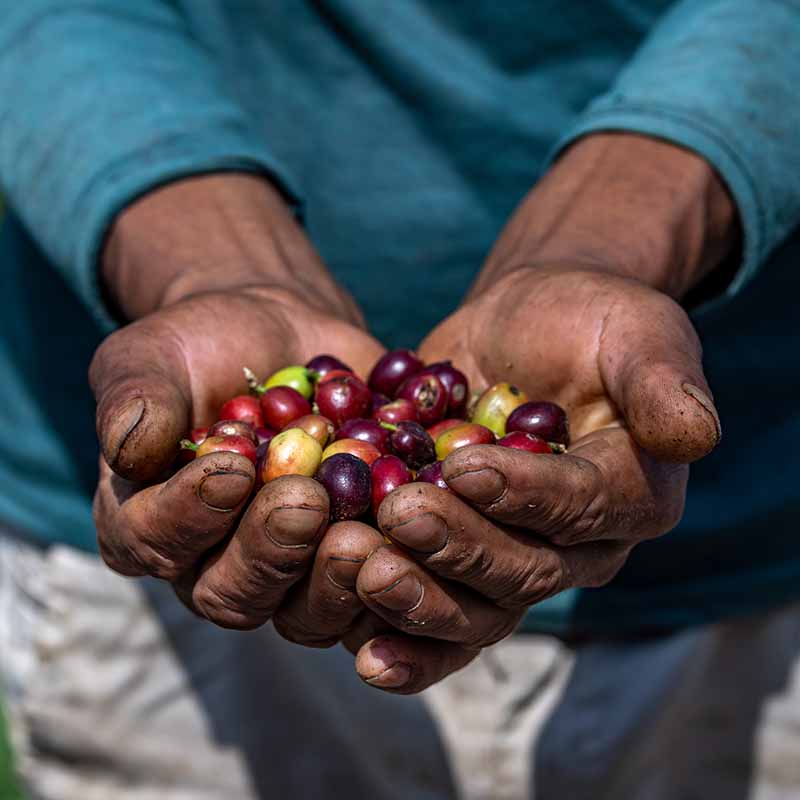
When philanthropy listens to the communities it aims to serve, value and impact are amplified. We work with other funders to promote more equitable funding based on understanding the needs and experience of our partners.
Championing diverse voices

We help to champion and connect people – small, community-led organisations; women; Indigenous Peoples; and youth – whose voices who have too often been absent from global biodiversity dialogues and decision-making processes.
Images L to R (above): A community dialogue with the Kadiweu people in the Pantanal, Brazil, facilitated by Synchronicity Earth partner MUPAN, image © Chris Scarffe. A woman farmer in the Chungui province in the Ayacucho region in Peru with a handful of coffee beans, image © Chris Scarffe. Yolarnie Ampedou of Synchronicity Earth partner Piku Biodiversity Network, Papua New Guinea, speaks at an event during the CBD COP16 summit in Cali, Colombia, image © Synchronicity Earth
Our capacity goals

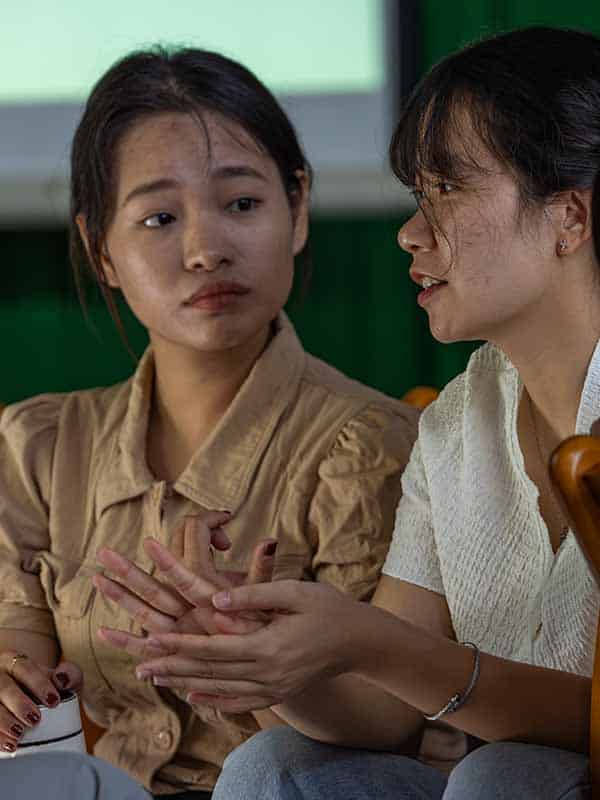
Participants in a workshop run by Synchronicity Earth partner, WildAct, helping to train emerging young women conservationists. Image © Chris Scarffe
Local knowledge and expertise
Fundamental to our work is the principle that conservation efforts should be locally owned and led. Our ‘affiliates’ play a vital role, helping us to bridge gaps in regional or contextual knowledge and experience, strengthening our networks and helping us to deliver effective funding and support to our partners where it is most needed. Our team of affiliates continues to grow, providing deep understanding and expertise which we would otherwise struggle to access as a UK-based organisation.
Affiliates play a key role in: identifying potential new partners; developing a deep and comprehensive picture of the work and challenges faced by our partners informed by their cultural and linguistic knowledge; and working directly with partners to identify gaps in knowledge or expertise, and in turn help support them with the right training or skills to help them achieve their aims.
The value our affiliates add is often regional, particularly in the Congo Basin and Latin America. But they also bring expertise across a range of thematic areas, for example: working with Indigenous Peoples and local communities; empowering and mobilising young people to take action for biodiversity; local communications support and networks; and knowledge of specific ecosystems and species.

Our regional affiliates, such as Merline Touko Tchoko (left) and Julie Gagoe (right), help strengthen connections with our Congo Basin partners and local communities where they operate.
For funding to be most effective, you need to know the organisations well, understand what they are achieving, give them proper opportunities to present their results, and build strong relationships.
Julie Gagoe, Congo Basin affiliate
Learn more about our work to strengthen conservation action and funding
To learn more about our capacity work, or find out how you can fund some of this work, contact us:

